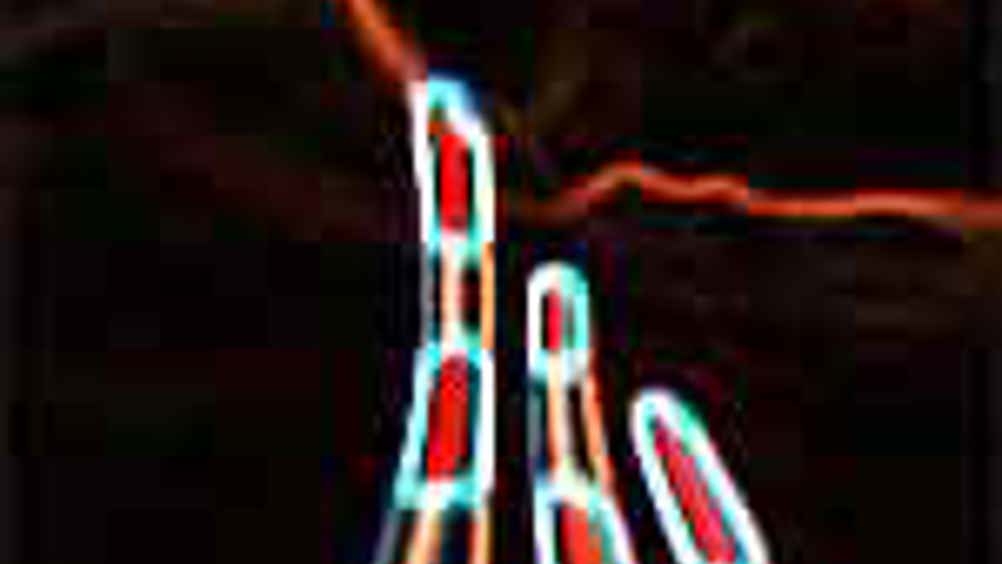Spectroscopy aids optoelectronics

A new generation of ultra-fast optoelectronics based on semiconducting nanowires could be possible with a spectroscopy technique developed by UK and Australian researchers.
The team, from Oxford University and the Australian National University, are aiming to understand the way electrons move in nanowires with radii as small as 30nm.
Principal investigator Michael Johnston, a physicist at Oxford University, said it is extremely challenging to attain this information because it is difficult to separate the properties of the nano-material from those of the contact material.
Johnston and his research team are exploring the limits of a contactless method called optical pump terahertz probe spectroscopy. The technique involves an ultra-fast laser that emits pulses of light, covering a wide frequency range that peaks in the terahertz region.
The pulses are emitted into a spectroscopy device every millisecond. Inside the device, each pulse is split into two beams and sent through a maze of mirrors and channels.
Register now to continue reading
Thanks for visiting The Engineer. You’ve now reached your monthly limit of news stories. Register for free to unlock unlimited access to all of our news coverage, as well as premium content including opinion, in-depth features and special reports.
Benefits of registering
-
In-depth insights and coverage of key emerging trends
-
Unrestricted access to special reports throughout the year
-
Daily technology news delivered straight to your inbox










Water Sector Talent Exodus Could Cripple The Sector
Maybe if things are essential for the running of a country and we want to pay a fair price we should be running these utilities on a not for profit...